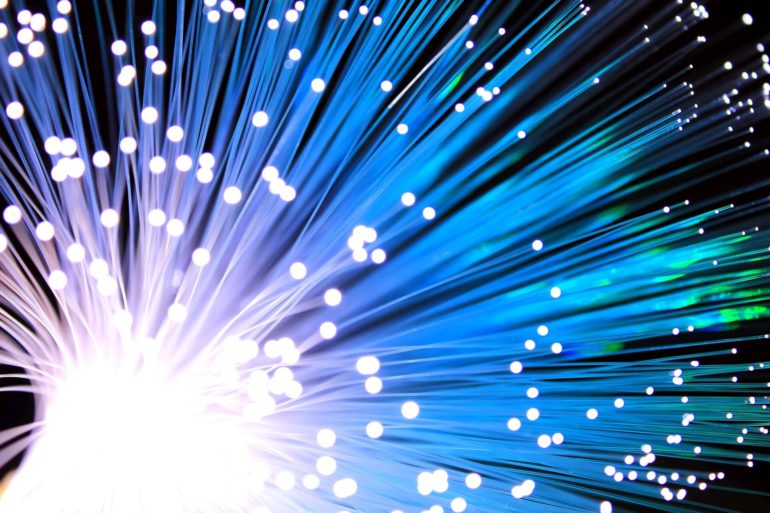Researchers at Tampere University have successfully used artificial intelligence to predict nonlinear dynamics that take place when ultrashort light pulses interact with matter. This novel solution can be used for efficient and fast numerical modeling, for example, in imaging, manufacturing and surgery. The findings were published in the prestigious Nature Machine Intelligence journal.
Artificial intelligence can distinguish different types of laser pulse propagation, just as it recognizes subtle differences of expression in facial recognition. The newly found solution can make it simpler to design experiments in fundamental research and will allow algorithms to be embedded in the next generation of laser systems to ensure real-time optimization. This can be utilized, for example, in manufacturing and surgery where the pulse properties are perturbed by a target environment.
Nonlinear ultrafast light-matter interactions are something that researchers have struggled to understand for decades. The field of study is of vital importance in many areas of research, ranging from the use of spectroscopic tools in drug development to the precision machining of technological materials and remote sensing to high-resolution imaging.
Neural networks can be trained to recognize patterns
When a high-power ultrashort pulse of light interacts with a glass optical fiber, a range of highly nonlinear interactions take place that cause complex changes in both the temporal and spectral (color) properties of the injected light. Up to now, the study of these nonlinear and multidimensional interactions has been based on nonlinear Schroedinger equation, a slow and computationally demanding method that has limited dramatically the use of numerical techniques to design or optimize experiments in real-time.
“This problem has now been solved by using artificial intelligence. Our team has been able to train a neural network to recognize the patterns inherent in such complex evolution. Significantly, once trained, the network is also able to predict nonlinear evolution for a previously unknown scenario, and can do so essentially instantaneously,” says professor Goëry Genty, the leader of the research group at Tampere University and the Director of the national Flagship for Photonics Research and Innovation.
This research uses a specialized architecture known as the ‘recurrent neural network’ that possesses an internal memory. Such a network can not only recognize specific patterns associated with nonlinear dynamics, but it can also learn how such patterns evolve in both the temporal and spectral domains over an extended distance.
The neural network can predict an evolution in milliseconds. The novel solution will lead to more efficient and faster numerical modeling of all systems where nonlinearity influences propagation, improving the design of devices used in telecommunications, manufacturing, and imaging.
New applications available in photonics
The study reports two cases of highly significant interest in photonics: extreme pulse compression and ultrabroadband laser source development.
“The approach using a neural network with internal memory allows us to bypass the conventional approach of solving an underlying mathematical model, which is very time consuming and requires sometimes prohibitive memory resources” explains Genty.
With the rapid growth of machine learning applications in all fields of science, Genty anticipates that neural networks will very soon become an important and standard tool for analyzing complex nonlinear dynamics, for optimizing the generation of broadband sources and frequency combs, as well as for designing ultrafast optics experiments.
Nonlinear beam cleaning in spatiotemporally mode-locked lasers
More information:
Predicting ultrafast nonlinear dynamics in fibre optics with a recurrent neural network, Nature Machine Intelligence (2021). DOI: 10.1038/s42256-021-00297-z
Provided by
Tampere University
Citation:
Artificial intelligence predicts nonlinear ultrafast dynamics in optics (2021, February 19)
retrieved 19 February 2021
from https://techxplore.com/news/2021-02-artificial-intelligence-nonlinear-ultrafast-dynamics.html
This document is subject to copyright. Apart from any fair dealing for the purpose of private study or research, no
part may be reproduced without the written permission. The content is provided for information purposes only.



